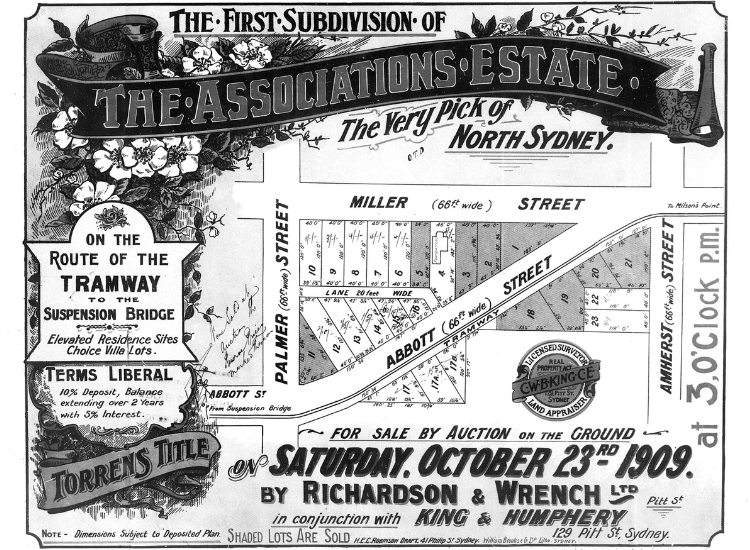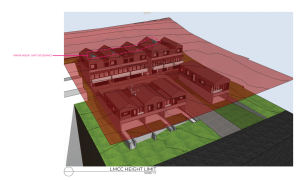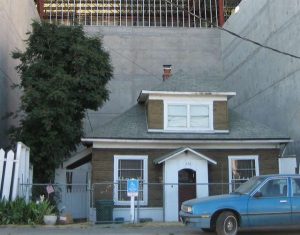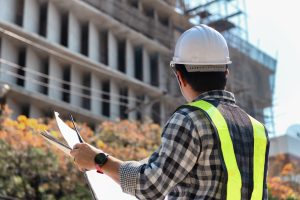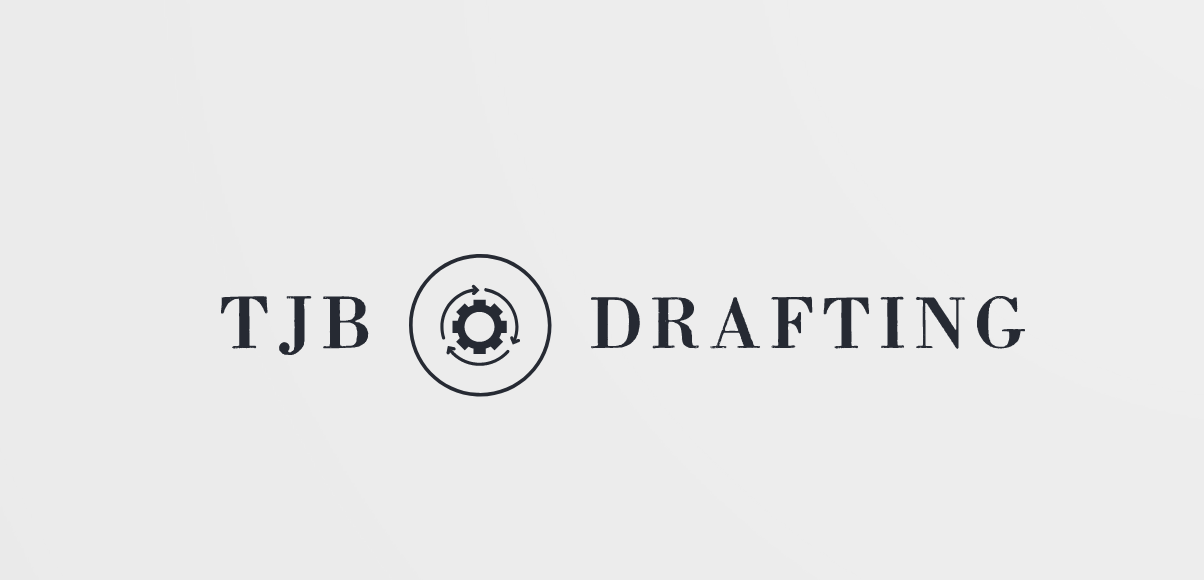What is a heritage impact statement?
A heritage impact statement is a report that accompanies a development application where a property is a listed heritage item (listed in the Local Environmental Plan) or located within a heritage conservation area. The report provides details to the history of the item including the historical significance and details any previous developments that have occurred to the item. The report provides an assessment of the impacts the development will have on the heritage values of the item or conservation area and can provide mitigation measures to ensure the proposed development does not detract from the heritage significance.
A Heritage Impact Statement (HIS) contains five sections as follows;
- A search of the prevailing heritage listings of the subject building whether it is a heritage listed building or a building in a conservation area. This search includes whether there aree any additional heritage items located in close proximity to the subject site.
- A brief history of the building and site; when it was constructed; who lived or worked there or had an association with it; what took place in the building and how the building has changed or been modified over time since the date of its original construction and whether any approvals have been provided. Often, additional resources are retrieved including early subdivision maps, DA application plans and information sourced from Council or other consent authorities.
- A significance assessment of the building or place based on the information acquired from Items 1 and 2 above. In other words, what is the relative proportion of the historic, associational, aesthetic, technical and social significance contained in the subject building? Further, is such significance exceptional, high, moderate, little or intrusive? And is such significance rare or representative? This step can often involve photographs of the existing building or surrounding area to provide context.
- A description of the proposed development as submitted to the consent authority (Council).
- An assessment of heritage impacts against the relevant guidelines and how the development responds to the heritage values and significance. The assessment would consider impacts upon the buildings setting, curtilage, predominant building type of the building and surrounding buildings, height of the development, bulk, scale, morphology, materiality, colours and setbacks. It will also provide an assessment of the visual impact of the proposed works in relation to the existing heritage fabric of the item.
- Recommendations and conclusion. This can often include mitigation measures such as reduction in height of new development, considerations to retention of certain aspects and changes to colours and materials.
Minor Works to Heritage Item (Exempt development)
Where minor work is proposed for a heritage item, such as repainting, minor repairs and replacing building elements (like for like), a report can be submitted to Council (under clause 5.10 of the LEP) to confirm whether the works require development consent. Where the works are shown to not impact the heritage item, Council will confirm that they can be undertaken without a development application. This process still requires the preparation of a heritage report but the report provides details to confirm the opinion it should be undertaken as exempt development. In the event that Council doesn’t agree with the recommendation, the report can be adapted easily to use for a development application.
Development in Heritage Conservation Areas
A heritage conservation area (HCA) is as an area recognised and valued for its historic and aesthetic character. Important elements contributing to an HCA’s heritage significance include the architectural style of buildings, fences, subdivision pattern, trees and gardens. Any work occurring in an HCA requires a heritage impact statement which outlines the proposed development’s compliance with the heritage provisions of the heritage conservation area. The report provides a detailed assessment of the development and provides justifications for how the proposed works comply with the heritage values of the area. This can include impact on streetscape, landscaping and architectural features. Where the development is assessed as being non compliant with the HCA character then recommendations will be provided within the report (such as changing the roof style, adding dormer windows or setting the development back).
A common issue within heritage conservation areas is in regard to additional storeys added to a dwelling, particularly when the prevailing character of the area is single storey. This is generally achieved by locating the new storey behind the existing facade in a pavilion style extension and to design the roof form to obscure views from the street.
It is noted that complying development and most forms of exempt development can not be undertaken within a heritage conservation area and therefore approval is required from Council via a development application, which MUST be accompanied by a heritage impact statement.
How much do heritage impact statements cost?
The cost of a heritage impact statement are based on the heritage item and the works that are proposed. We aim to be competitive with our pricing for our heritage impact statement and can provide a flat fee quote once we have reviewed the information of the development.
Our standard heritage impact statement start at the following:
Exempt development – Heritage Impact statement for minor works – Starting at $1800
Simple Heritage Impact statement for Heritage Conservation area – Starting at $1800
Heritage impact statements for listed heritage items – Starting at $2600
Please note that the prices above are not fixed prices and will vary depending on the proposed development, Council area and the heritage details.
Further pricing discounts can apply for heritage impact statements where Town Planning Collective also prepares the statement of environmental effects.
How long do heritage reports take?
The general time frame for a heritage impact statement is 2-3 weeks depending on the complexity of the development. For larger developments, or developments that require a site visit to assess the heritage item then these timeframes will be greater. We attempt to finalise the report as quickly as possible to ensure that your development application is able to be submitted as soon as possible without the lengthy delay.
If you would like a quote for your heritage impact statement report please send us an email at admin@theplanningcollective.com.au or fill out our contact form below and include any relevant plans or documents.



